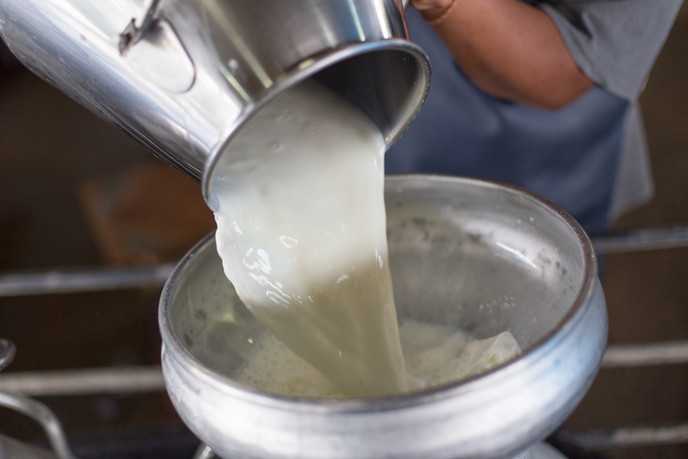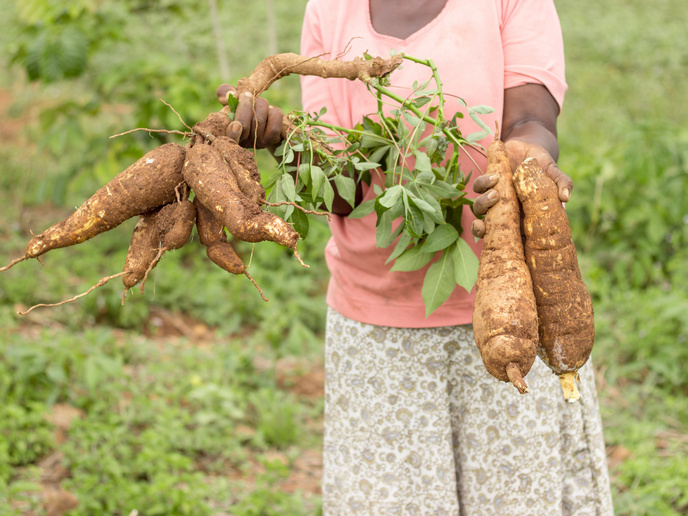Antibiotics analysis of fresh milk to be conducted on the farm
Milk from cows treated for mastitis cannot be delivered to a dairy due to the presence of antibiotic residues. Such milk poses a health risk to consumers and prevents bacteria from processing the milk to form cheese and yogurt. However, treated cows still need to be milked and occasionally this milk is mixed by mistake with that of healthy cows, thereby, contaminating the entire batch. When the tanker collects the milk from the farmer it is mixed with milk from several other herds, thereby contaminating the entire load. Moreover, tests for antibiotics residues are not usually performed until the milk tanker arrives at the dairy. If the contents are contaminated by milk from even a single treated cow, the whole load must be discarded, and the tanker sent for special cleaning, causing delays in the next milk collection. Tests conducted on the farm The milk quality antibiotics sensor (MILQAS) project addressed this challenge, developing a working prototype for a handheld measuring device that monitors the presence of antibiotics. “We designed a unit for the electrochemical analysis of milk, including software and an associated app,” says Dr Johannes Daprà, project coordinator and chief scientific officer of the Danish SME Plastisens ApS(opens in new window). The fine and costs for contaminating milk with antibiotics are in the region of EUR 15 000. Lost milk also represents a considerable waste of energy and the associated greenhouse gas emissions also affect the environment. This could be prevented by testing for antibiotic residues before collection by the milk tanker, rather than at the dairy. Current methods for measuring antibiotics are not feasible for use directly on the farm. Therefore, MILQAS developed sensor chips together with a handheld reader that can measure the level of antibiotics in milk within a few minutes. The chip is made from inexpensive disposable materials and is intended for one-time use. Major benefits "The entire electrode system is printed on polymer foil, making the printing process cheap and easily scalable, with only very small amounts of more expensive materials for electrodes and connections needed,” Dr Daprà explains. Researchers also developed a smartphone application for Android and IOS with connection to the reader device, which displays the obtained data for fast and easy evaluation at the dairy farm. By measuring antibiotic levels close to their source, less milk is wasted, and less energy consumed due to greater efficiency in milk production. MILQAS will therefore help reduce food waste and improve food safety in the dairy sector. “Our estimation is that in the EU about 6 000 truckloads (each around 30 000 litres) of milk are discarded every year due to antibiotic contamination. This amount can be significantly reduced by testing the milk before loading it into the tanker, thereby preventing cross-contamination,” comments Dr Daprà. The main beneficiaries of the technologies will be the dairy industry and farmers because of higher yields, reduced wastage and reduced insurance costs. Furthermore, the technique used for measuring antibiotics is not limited to milk and can be adapted for use in other markets, like the veterinary sector and food production. Dr Daprà points out: “The technology platform can be adapted for testing for other contaminants in both liquid and solid samples.”







